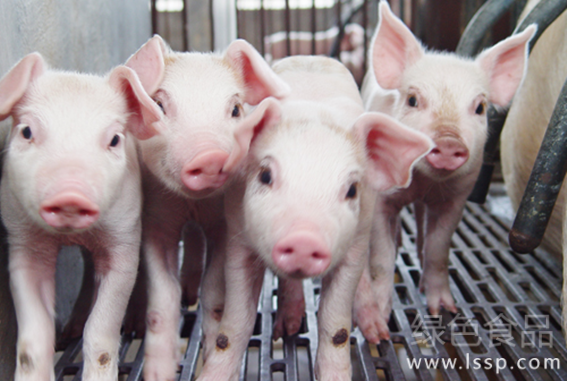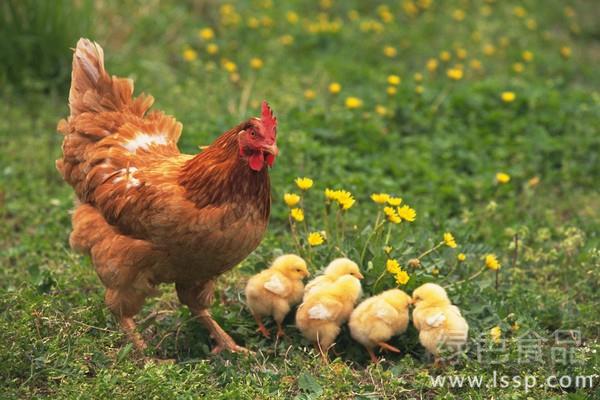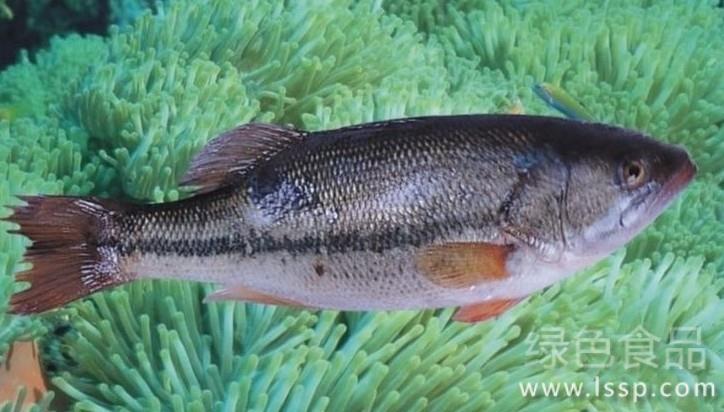How to raise and manage pigs with proper management and benefits
Strengthening the feeding and management of conservation pigs can improve the health status and survival rate of commercial pigs. Strengthening the feeding and management of nursing pigs can increase the final body weight of nursing pigs, and then increase the body weight, shorten the feeding cycle and increase economic benefits.

pig
1. Physiological characteristics of Pigs
The development of digestive system of conservation pigs is still not perfect, the physiological changes are fast, and they are very sensitive to the nutrition and raw material composition of feed, so the raw materials with high nutrient concentration and digestibility are selected to adapt to the occurrence rate of low nutritional diarrhea.
two。 Nutritional requirements of Pigs
The weight gain of protected pigs depends to a large extent on the supply of energy, the daily gain of piglets increases with the increase of energy intake, and the feed conversion efficiency will be significantly improved; at the same time, the protein requirement of piglets is also related to the energy level in the feed, so energy should still be given priority to weaned piglets, and the function of protein should not be overemphasized.
In order to give full play to the genetic potential of each stage, the diet still needs high nutrient concentration, high palatability, high digestibility, digestible energy 3300-3400Kcal/kg, crude protein 18.5-19.0%, suitable energy-egg ratio between 178and 180. in order to give full play to the genetic potential of each stage, the diet still needs high nutrient concentration, high palatability, high digestibility, digestible energy 18.5-19.0%, energy-egg ratio between 178and 180. lysine is more than 1.22%. The ratio of dependency to energy is about 3.6 (g/MKcal). In the selection of raw materials, it can reduce or cancel the content of dairy products and plasma protein, and increase the amount of conventional raw materials such as soybean meal, but it is still necessary to use a large amount of conventional soybean meal, which can be replaced by peeled soybean meal, expanded soybean meal or fermented soybean meal. In the later stage of piglet conservation, the digestive system of piglets has become more and more complete, the digestive ability is strong, the nutritional requirements can be reduced according to the actual situation of pig farms, and the application of feed can be gradually switched with piglet feed.
3. Health Management of Pigs
When the pigsty and pigsty are empty, all surrounding environment and facilities, including ceilings, fans, main roads, troughs and drinking fountains, should be strictly cleaned and fumigated with fire alkali, and should be thoroughly dried and empty before entering the pig. and control the temperature of the room before entering the pig. Due to the stress reaction, the body fat of weaned piglets is reduced, and the water distribution in the body will be changed, which is more sensitive to temperature changes, so the ambient temperature in the first 10 days after weaning should be slightly higher than the pigsty temperature before weaning. If the temperature is too low, the piglets are restless and prone to diarrhea. Pay attention to prevent the thief wind, according to the test, even the wind speed of 15 cm / min will reduce the actual body surface temperature of piglets by 40C, seriously affecting the growth of piglets.
4. Feeding and Management of Pigs
Ventilation under the condition of intensive pig farming, strengthening the ventilation of pig house and improving the air quality of pig house is an important work of daily management. Usually at this stage, people often pay attention to heat preservation while ignoring the ventilation of pig sheds, resulting in piglets prone to respiratory diseases and a decrease in weight gain. The piglets transferred to the nursery are raised in circles according to their physical size and strength, so as to make the individual piglets in each ring as uniform as possible, and put the smallest pig in the warmest special guard fence in the room, leaving one or more empty bars for the weak piglets at a disadvantage. Piglets newly transferred to conservation should be trained to develop the habit of eating, defecating and sleeping in a fixed position, so as to keep the pigpen dry, clean and hygienic. In the stage of piglet conservation, the daily observation of pig herd should be strengthened to grasp the status of pig herd in time. Healthy and normal pigs should spread out to sleep, do not squeeze each other, walk with normal gait, bright coat, pay attention and vigilance when someone enters the piggery, actively rush for food when feeding, pigtail curled up, feces are normal.
- Prev

Three-stage feeding measures for broilers with good benefit in stages
Three-stage feeding measures for broilers with good benefit in stages
- Next

Skin rot of perch caused by skin rot how to prevent and cure the skin rot of California perch
Skin rot of perch caused by skin rot how to prevent and cure the skin rot of California perch
Related
- On the eggshell is a badge full of pride. British Poultry Egg Market and Consumer observation
- British study: 72% of Britons are willing to buy native eggs raised by insects
- Guidelines for friendly egg production revised the increase of space in chicken sheds can not be forced to change feathers and lay eggs.
- Risk of delay in customs clearance Australia suspends lobster exports to China
- Pig semen-the Vector of virus Transmission (4)
- Pig semen-the Vector of virus Transmission (3)
- Five common causes of difficult control of classical swine fever in clinic and their countermeasures
- Foot-and-mouth disease is the most effective way to prevent it!
- PED is the number one killer of piglets and has to be guarded against in autumn and winter.
- What is "yellow fat pig"? Have you ever heard the pig collector talk about "yellow fat pig"?

